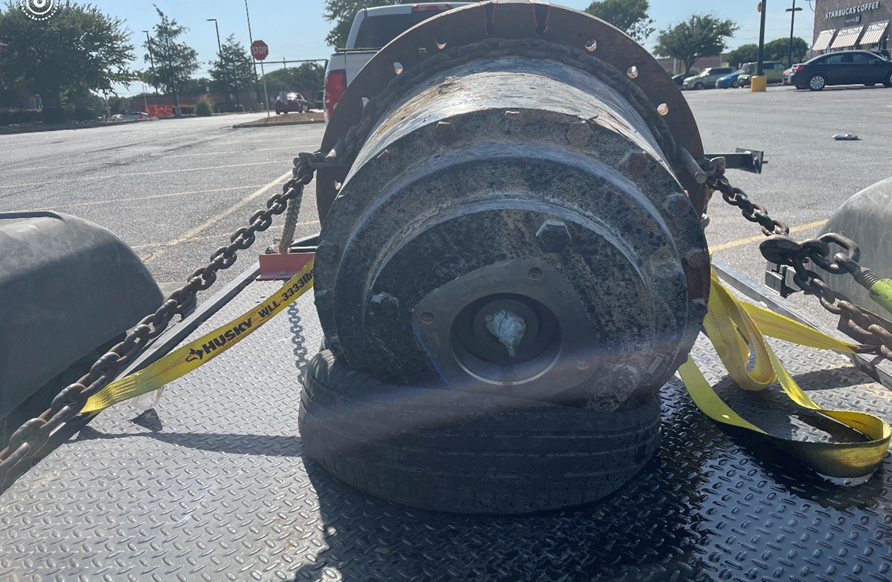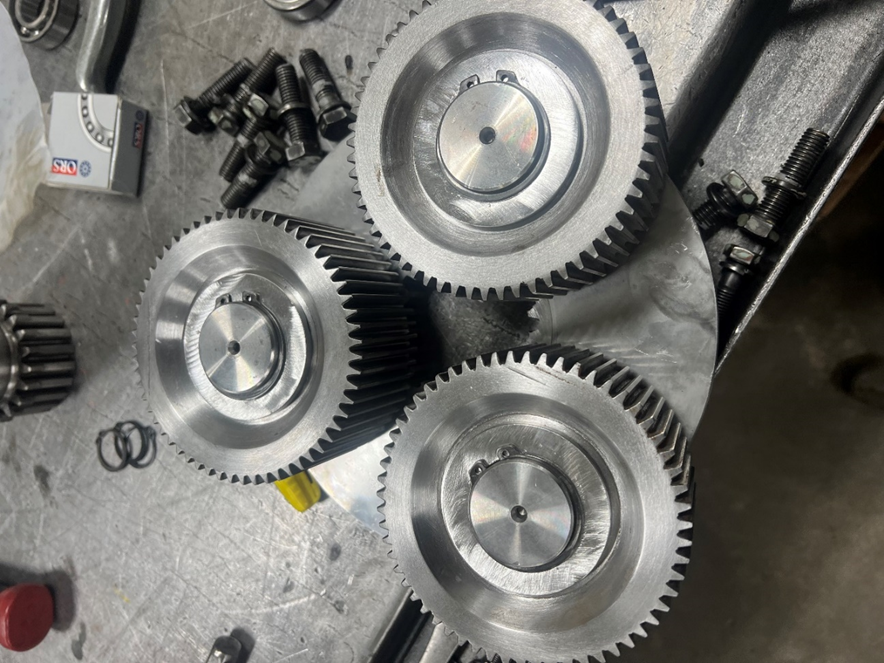Plant operators and maintenance managers often face a tough decision when gearbox performance begins to decline: invest in a full replacement or explore refurbishment. While a new gearbox might seem like the easiest solution, it is rarely the most cost-effective or practical option.
Gearbox refurbishing offers a strategic alternative, restoring equipment to peak condition at a fraction of the cost of replacement—without the lengthy downtime or supply chain delays that can cripple operations.
Cost Savings Without Compromising Reliability
Industrial gearboxes are major investments. A new unit can cost tens of thousands—or even hundreds of thousands—of dollars, depending on size and specifications. On top of the purchase price, companies must account for freight, installation, and potential modifications to integrate the new gearbox into existing systems.
Refurbishing avoids these steep costs by restoring the original gearbox to like-new condition. Through expert machining, replacement of worn parts, and careful reassembly, refurbishing delivers reliable performance at a fraction of the cost of replacement. This approach allows businesses to stretch capital budgets further without sacrificing efficiency.
Minimizing Downtime and Lost Production
Downtime is one of the most expensive risks operators face. Waiting weeks—or sometimes months—for a replacement gearbox can halt production and lead to major revenue losses. Refurbishing, on the other hand, is often completed far faster, returning equipment to service quickly.
When performed by skilled specialists, refurbishing not only restores the gearbox but often improves its efficiency through upgraded materials, precision tolerances, and modern enhancements. For plant managers, the ability to cut downtime while boosting productivity makes refurbishing a clear win.
Precision Restoration of Key Components
Refurbishing is not just a patch job. The process involves completely disassembling the gearbox, inspecting every gear, bearing, and shaft, and determining the exact source of wear or damage. Components are then re-machined, re-cut, or replaced to meet or exceed original specifications.
Technicians may also introduce upgrades—such as stronger alloys, advanced coatings, or improved heat treatment—that extend the life of the gearbox well beyond its original design. The result is a piece of equipment that performs as reliably as new, often with enhanced durability.
Supporting Sustainability Goals
For many organizations, environmental responsibility is just as important as financial efficiency. Refurbishing aligns with sustainability initiatives by reducing the demand for new raw materials and limiting industrial waste.
A refurbished gearbox means fewer components sent to scrap yards and less energy consumed in manufacturing a new unit.
Choosing refurbishing over replacement not only helps reduce a company’s carbon footprint but also supports broader corporate sustainability commitments.

Long-Term Value and Performance
Some may view refurbishing as a temporary fix, but when done properly, it delivers long-term results. Many refurbished gearboxes operate reliably for years, offering performance comparable to new equipment. The return on investment is clear: lower upfront costs, faster turnaround, and proven reliability over the long term.
Choose Hanson Gear Works for Expert Refurbishing
Replacing a gearbox should never be the automatic choice. Gearbox refurbishing provides a cost-effective, sustainable, and reliable solution that minimizes downtime and maximizes value.
Hanson Gear Works offers complete gearbox refurbishing services with unmatched expertise. From precision machining to performance upgrades, our team ensures your gearbox is restored to peak condition with minimal disruption to your operation.
Reach out to Hanson Gear Works today to learn how our gearbox refurbishing services can save you money while keeping your equipment running at full capacity.
